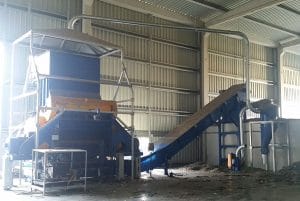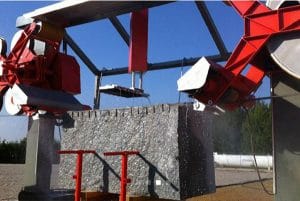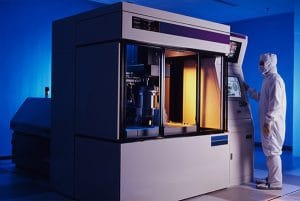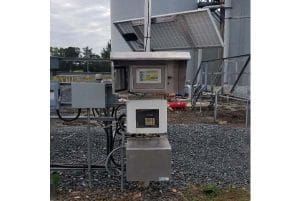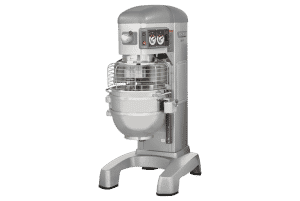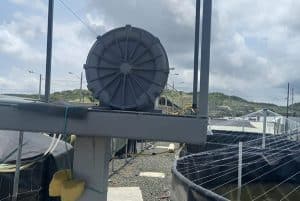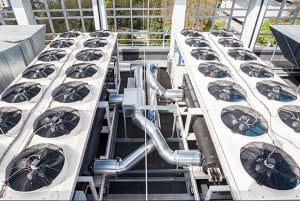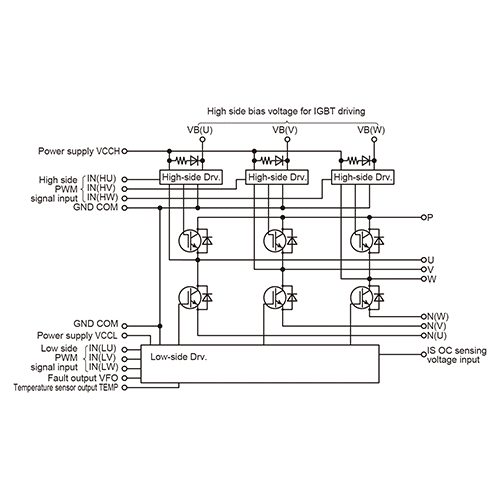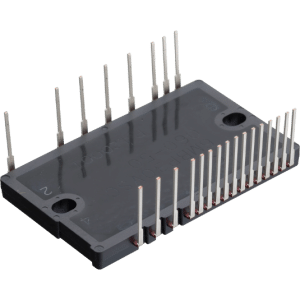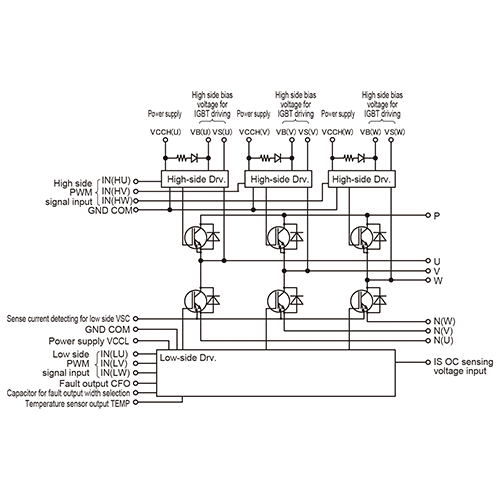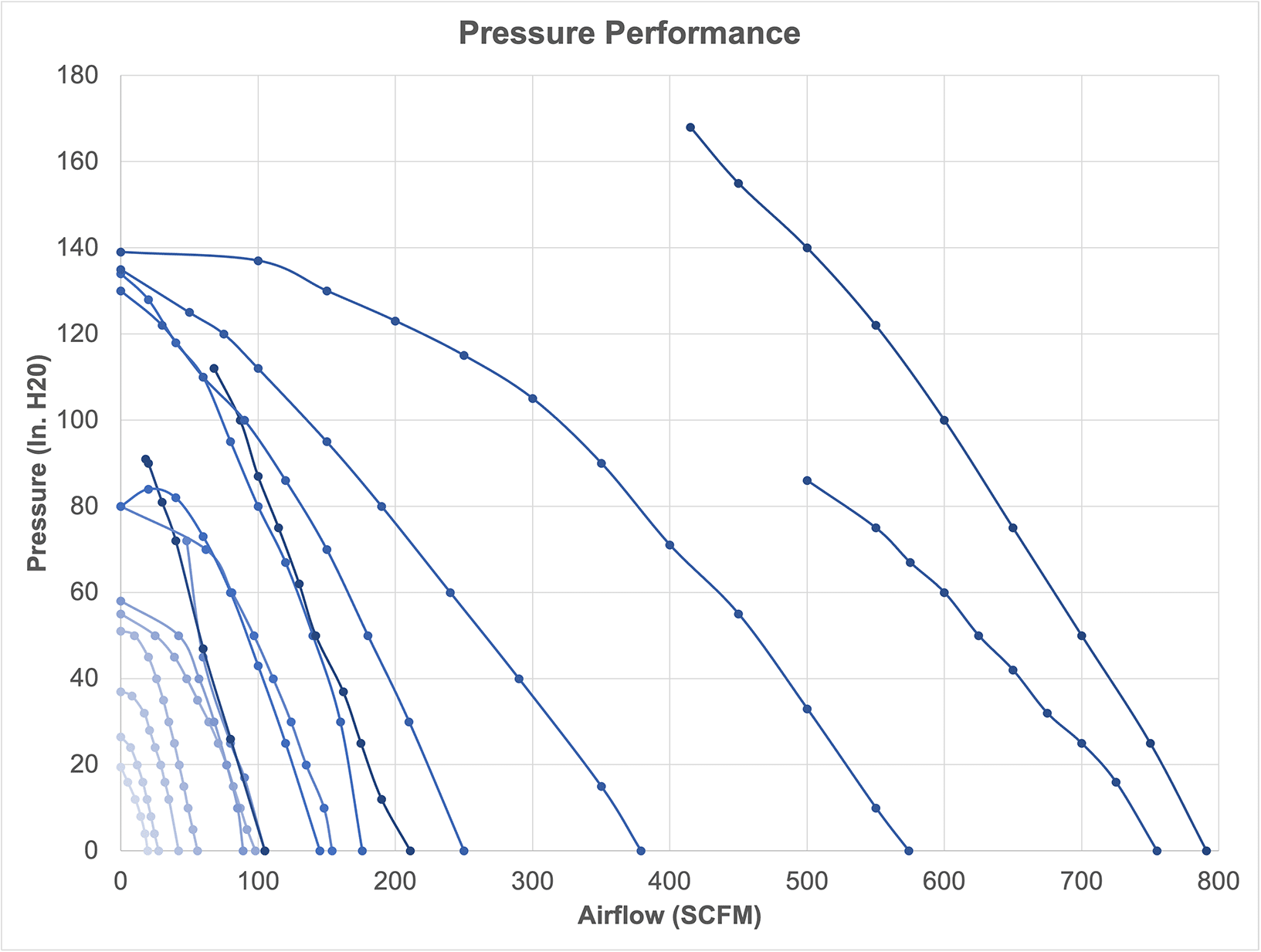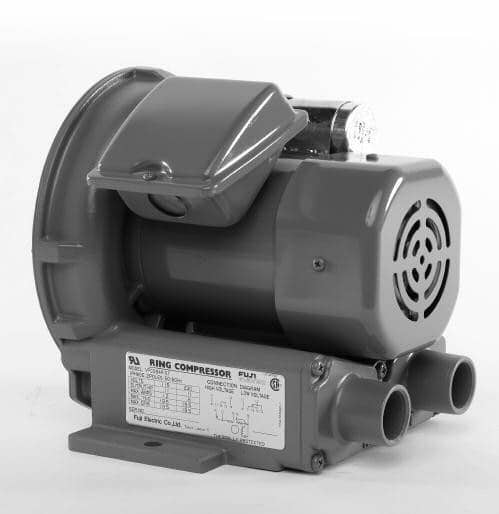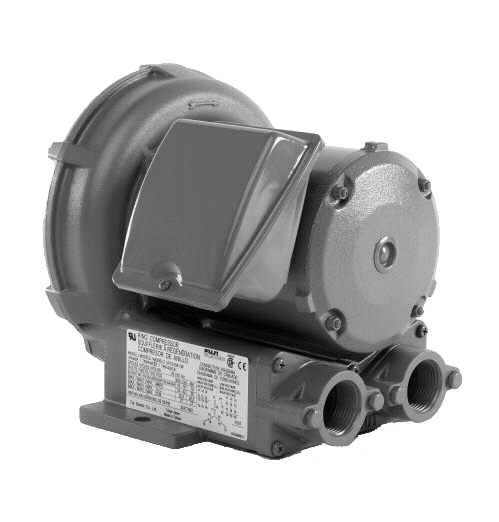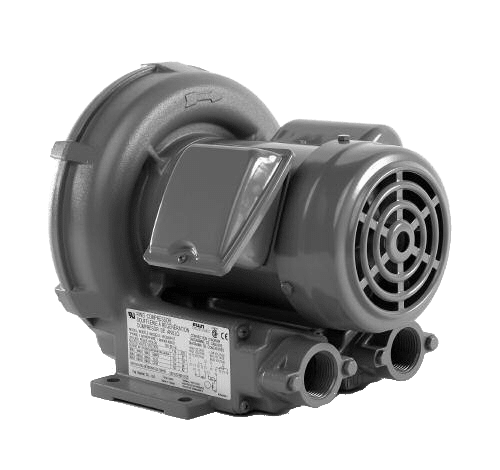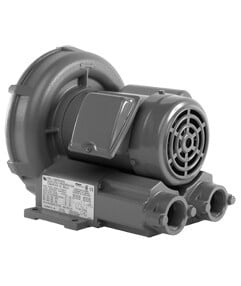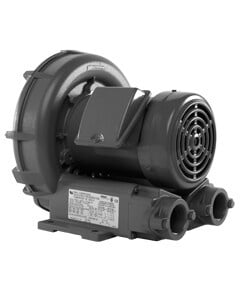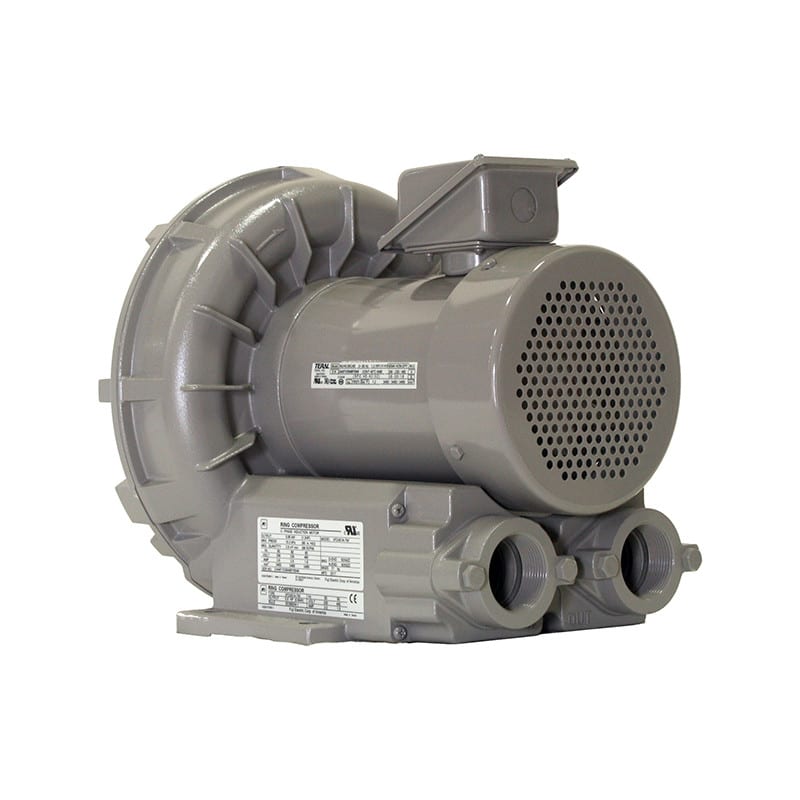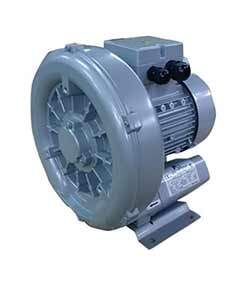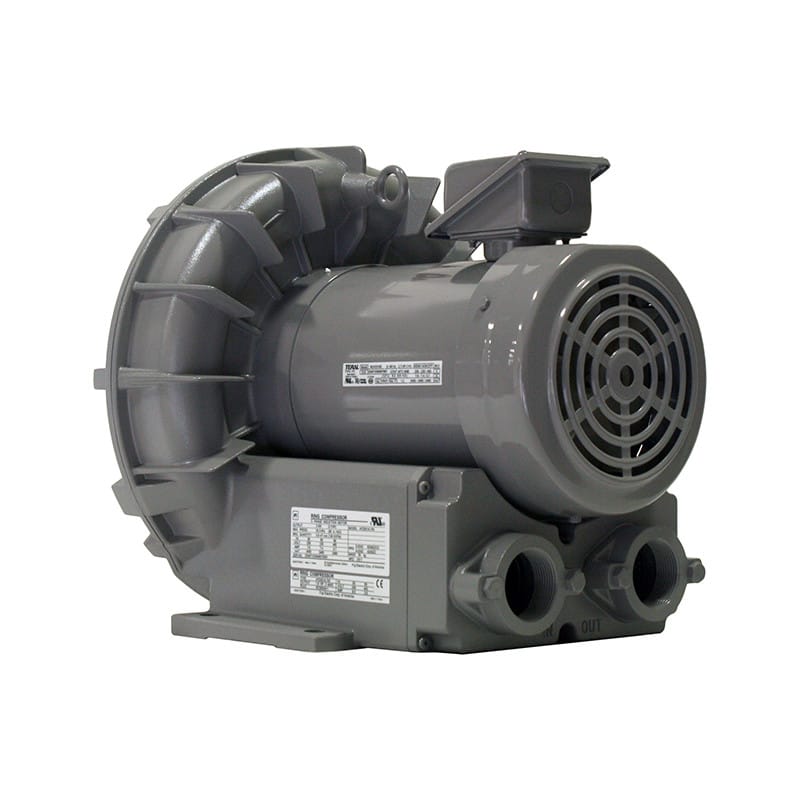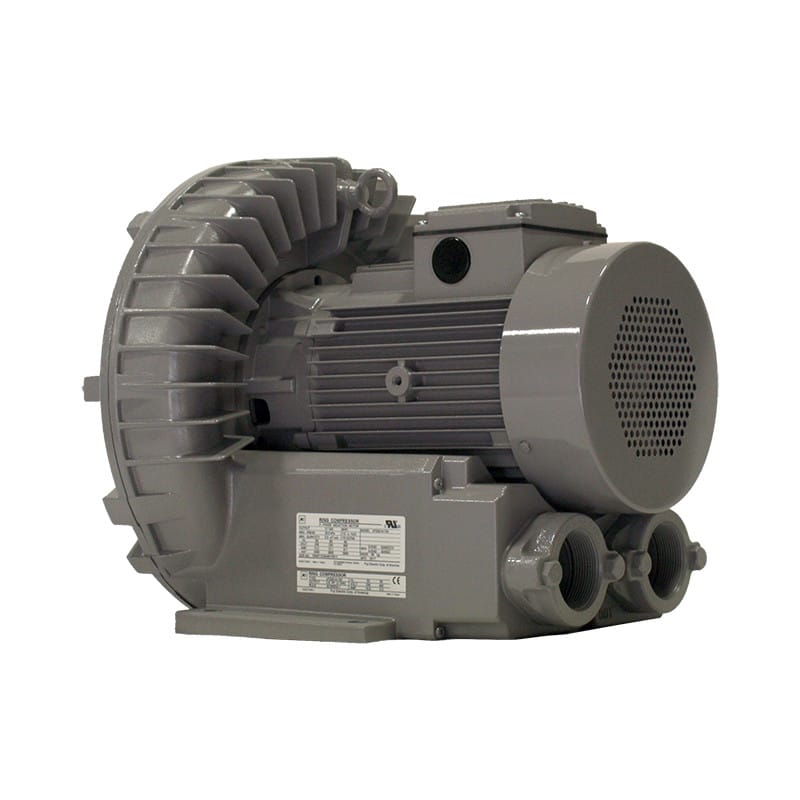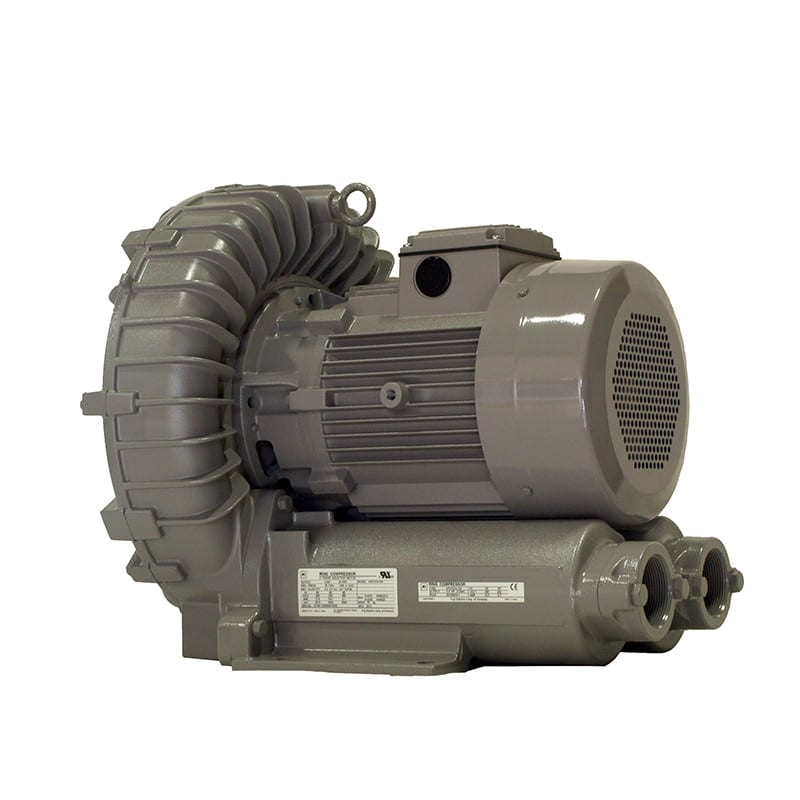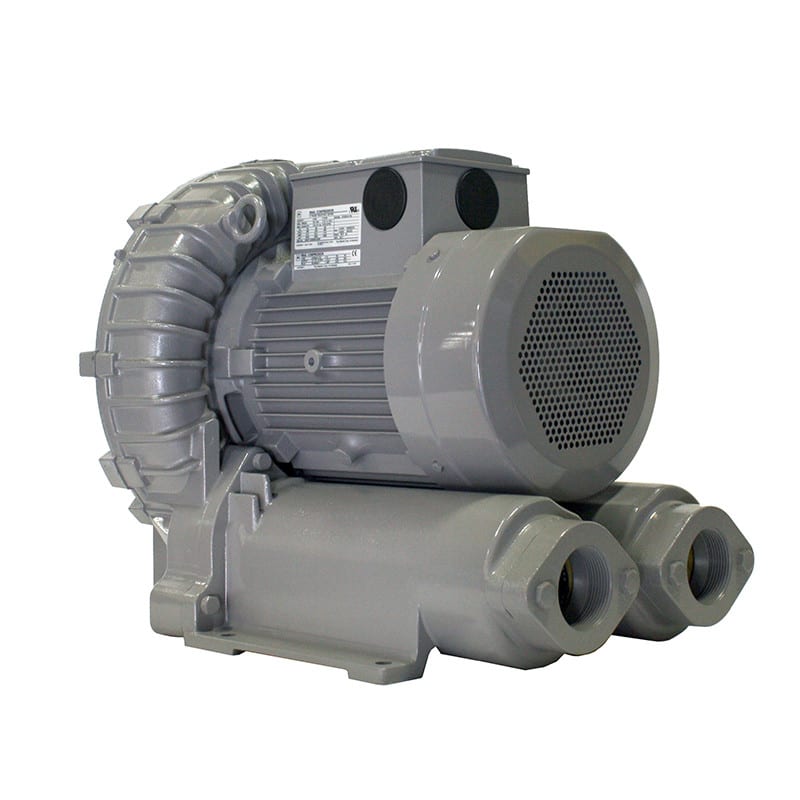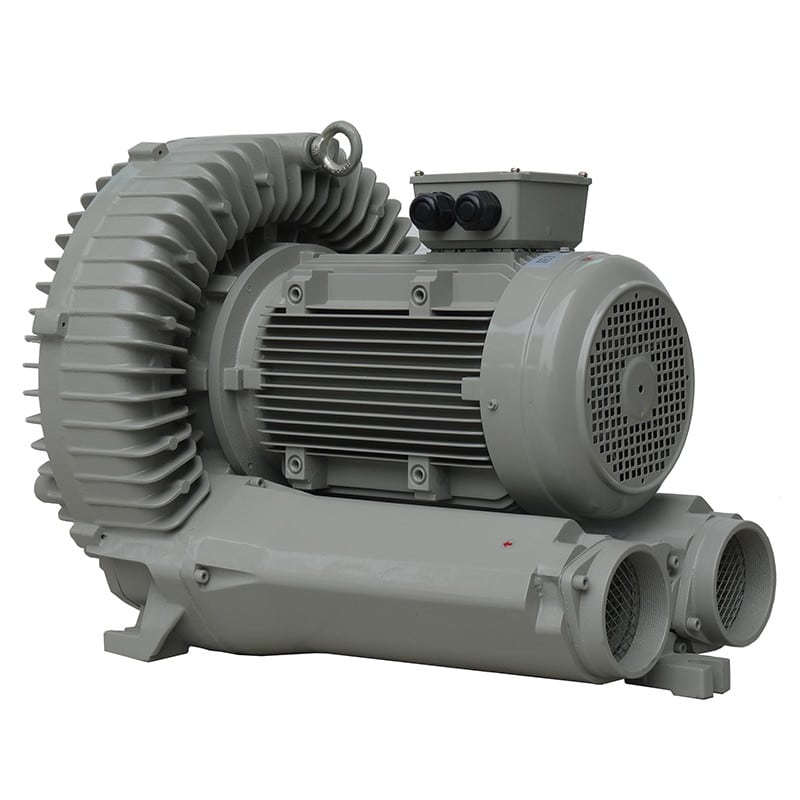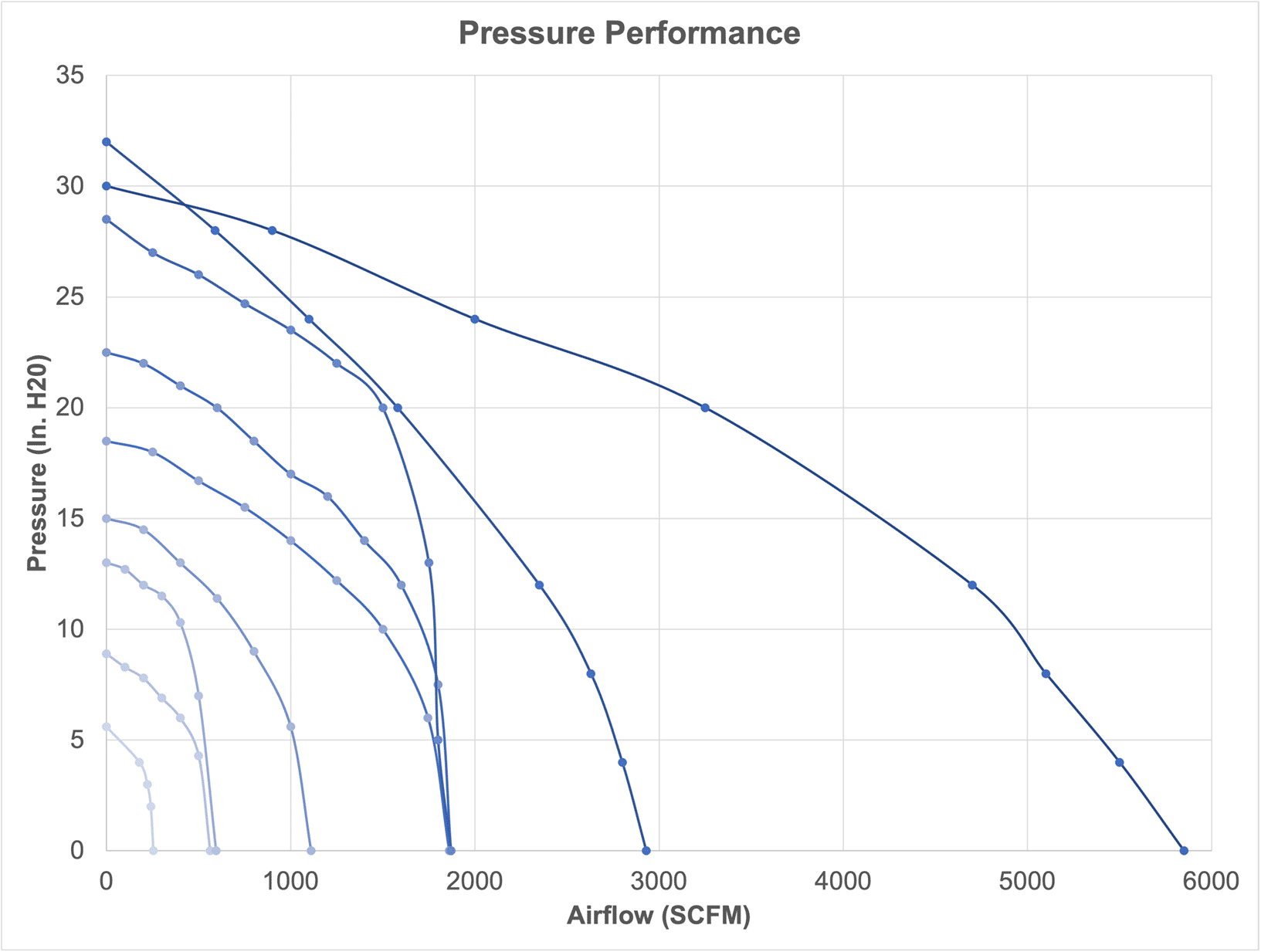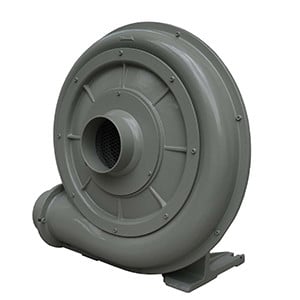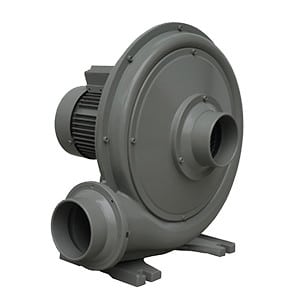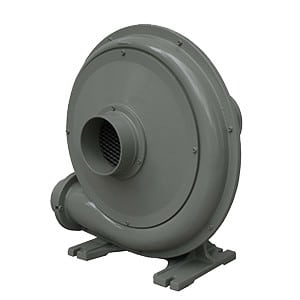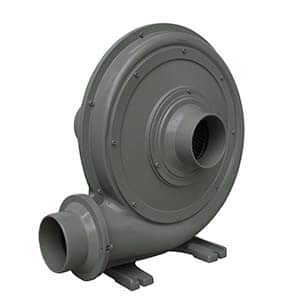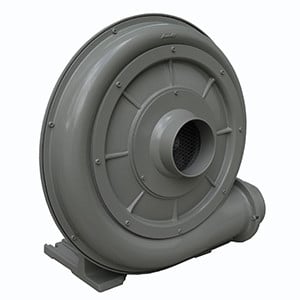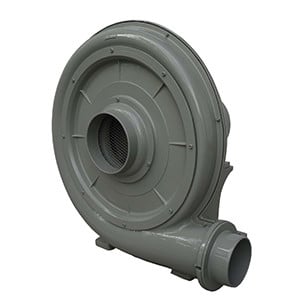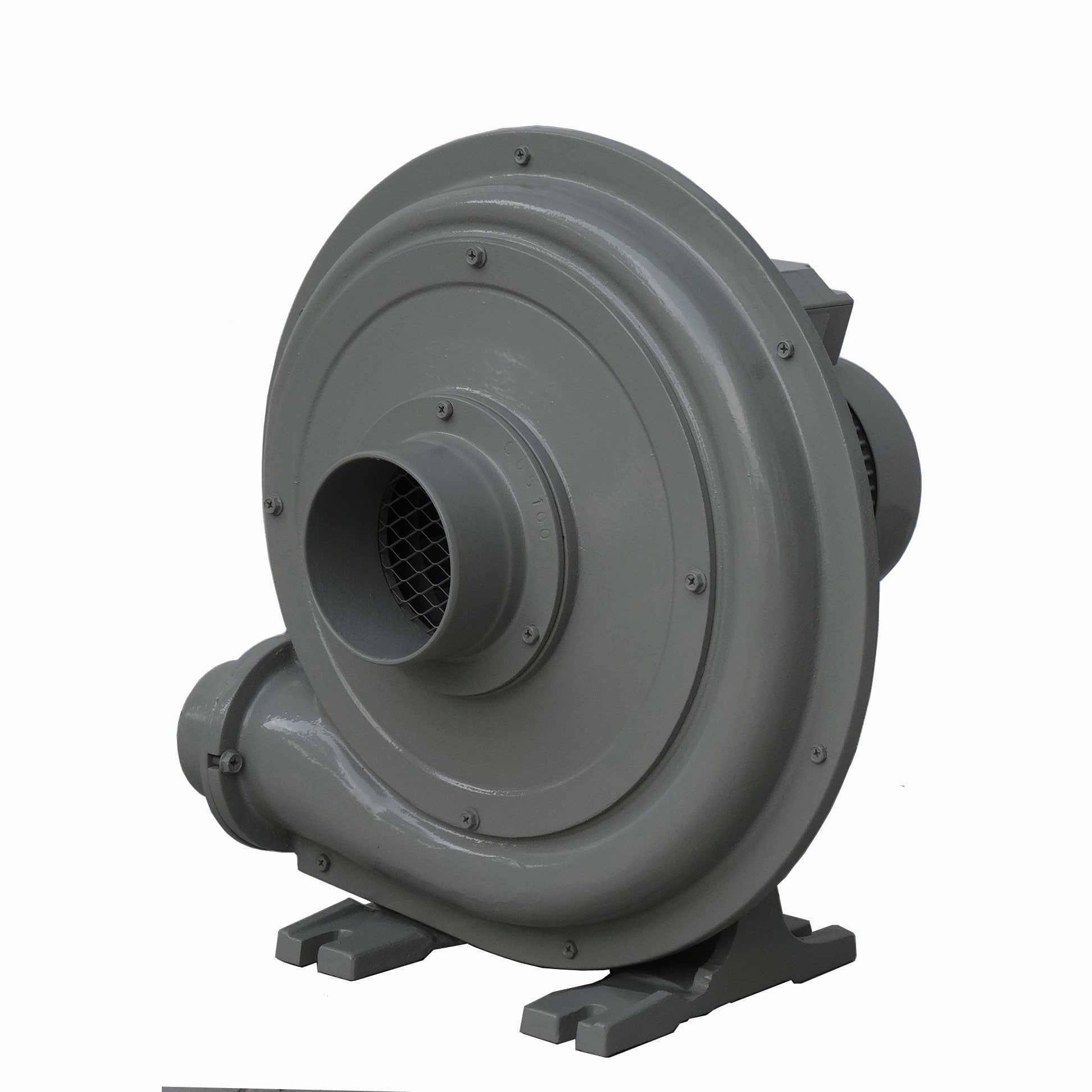To avoid points of failure in a UPS system, adopting best practices focused on reliability, redundancy, and proactive maintenance is critical. Here are the key best practices: 
- Implement Redundancy
- N+1 Redundancy: Configure the system with at least one additional UPS unit beyond the required capacity. This ensures that if one unit fails, others can seamlessly take over the load.
- Parallel Systems: Use parallel UPS systems that can share the load and provide backup to each other.
- Redundant Power Sources: Incorporate dual power feeds and multiple battery strings to minimize reliance on a single source.
- Perform Regular Maintenance
- Scheduled Inspections: Regularly check for wear and tear on batteries, capacitors, fans, and other components.
- Battery Testing: Conduct discharge tests to identify and replace weak batteries before they fail.
- Firmware Updates: Ensure the UPS firmware is current to benefit from performance improvements and bug fixes.
- Use High-Quality Components
- Reliable Batteries: Invest in high-quality, long-lasting batteries like Lithium-ion or advanced VRLA batteries.
- Surge Protection Devices: Protect against power surges that could damage the UPS or connected equipment.
- Environmental Sensors: Install sensors to monitor temperature, humidity, and dust levels in the UPS environment.
- Monitor System Health
- Real-Time Monitoring: Use a network management card or UPS monitoring software to continuously track system performance.
- Alerts and Notifications: Set up automated alerts for critical issues like overheating, overloads, or battery failures.
- Predictive Analytics: Leverage data analytics to predict potential points of failure and address them proactively.
- Ensure Proper Sizing
- Load Calculation: Accurately calculate the total power requirements, including peak loads and future growth.
- Avoid Overloading: Operate the UPS at 60–80% of its rated capacity to provide headroom and improve reliability.
- Maintain Environmental Controls
- Temperature Control: Maintain an optimal operating temperature (20–25°C) to prevent overheating or battery degradation.
- Humidity Regulation: Avoid excessive moisture that can lead to corrosion or electrical shorts.
- Dust-Free Environment: Keep the area clean to prevent clogging of ventilation systems or damage to sensitive components.
- Use Quality Power Infrastructure
- Reliable Input Power: Install automatic transfer switches (ATS) to switch seamlessly between utility and backup power sources.
- Cable Management: Use properly rated and organized wiring to avoid accidental disconnections or damage.
- Isolation Transformers: Provide clean, isolated power to sensitive equipment to reduce interference and improve stability.
- Conduct Regular Testing
- Load Bank Testing: Simulate full-load scenarios to verify the UPS system can handle peak demand.
- Power Failure Drills: Conduct regular tests to ensure the system responds as expected during outages.
- Bypass Testing: Test bypass switches to confirm they can take over during maintenance without disrupting operations.
- Train Personnel
- Operation Training: Train staff to operate and troubleshoot the UPS system.
- Emergency Procedures: Develop and test procedures for handling UPS failures or power disruptions.
- Plan for Lifecycle Management
- Component Replacements: Replace batteries, capacitors, and other wear-prone components according to the manufacturer’s recommendations.
- System Upgrades: Periodically assess the UPS system to ensure it remains compatible with evolving power requirements.
By adhering to these best practices, you can minimize points of failure in your UPS system, ensuring continuous operation and reducing the risk of downtime.




